Located along the coast of Queensland, the Great Sandy National Park is a stunning natural wonder that offers a diverse range of landscapes, from golden beaches to lush rainforests, wetlands, and towering sand dunes. It’s an ideal destination for nature lovers, adventure seekers, and those looking to experience Australia’s unspoiled wilderness. Here’s your ultimate guide to exploring this remarkable park.
1. What is the Great Sandy National Park?
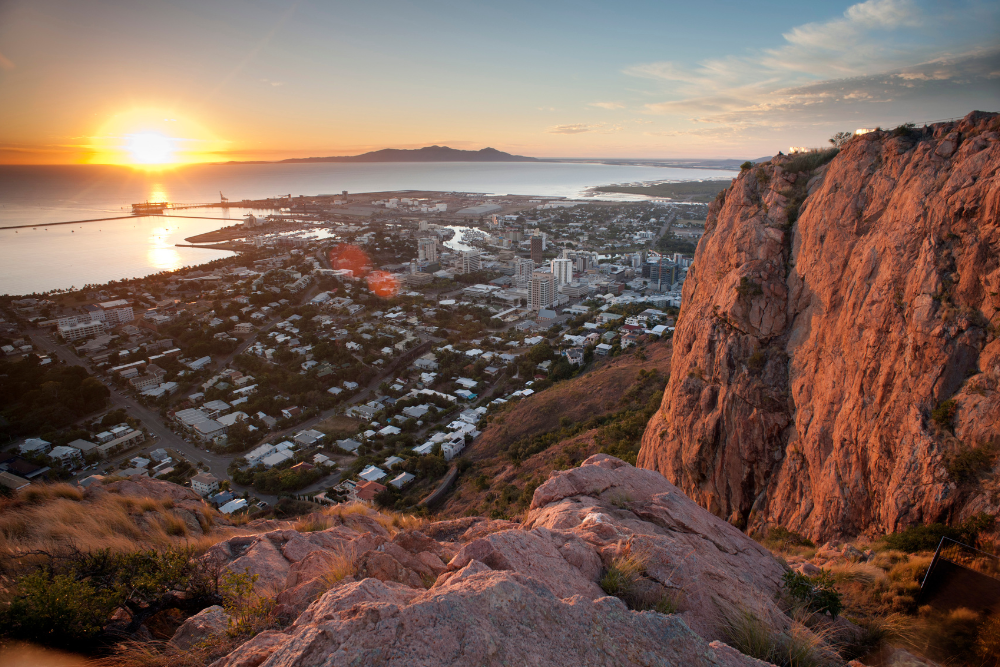
The Great Sandy National Park is located about 3.5 hours north of Brisbane and covers an area of approximately 160,000 hectares. It includes the famous Fraser Island, the world’s largest sand island, as well as a number of smaller islands and coastal areas along the mainland. The park is part of the Great Sandy Biosphere Reserve and boasts diverse ecosystems, including mangrove swamps, rainforests, wetlands, and pristine beaches.
The park is renowned for its biodiversity, with many rare and endangered species calling it home, and is a haven for birdwatchers, wildlife enthusiasts, and those wanting to escape into nature.
2. Key Highlights of the Great Sandy National Park
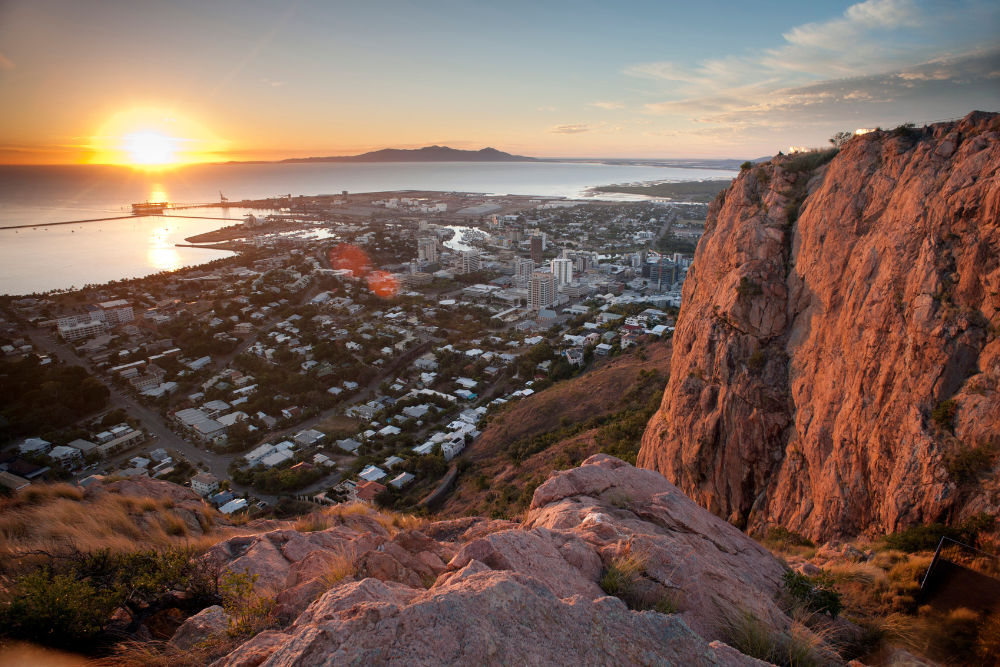
- Fraser Island (K’gari): Fraser Island, known as K’gari by the indigenous Butchulla people, is the jewel of the Great Sandy National Park. This UNESCO World Heritage site is a must-see for anyone visiting the park. Highlights include:
- Lake McKenzie: A crystal-clear freshwater lake with pure silica sand, ideal for swimming and picnicking.
- Maheno Shipwreck: A fascinating relic of a shipwreck from 1935 that has become a famous photo spot.
- Central Station: A historic site where you can explore the rainforest and creek systems along the trails.
- Indian Head: A rocky headland with panoramic views of the coastline and a great spot for spotting marine life like whales and dolphins.
- Eli Creek: The largest freshwater creek on the island, where you can float along its gentle current.
- Cooloola Section: On the mainland, the Cooloola section of the park is a hidden gem. Here, you’ll find stunning beachscapes, secluded forests, and freshwater lakes.
- Rainbow Beach: Famous for its multi-colored sand dunes, this is a great spot to take in the views or go for a swim.
- Teewah Beach: A long stretch of coastline with opportunities for 4WD adventures, fishing, and camping.
- Noosa River: A peaceful spot for kayaking and birdwatching, with mangroves and wetlands that host a variety of species.
- Sand Dunes and Coastal Walks: The park is home to some of the highest sand dunes in the world, particularly on Fraser Island. These dunes are perfect for scenic hikes and sandboarding. You can also take on some of the many walking trails through the park, which offer incredible views of the dunes, rainforest, and coastline.
- Wildlife Watching: The Great Sandy National Park is home to a wide variety of wildlife. Fraser Island, in particular, is famous for its population of dingoes, Australia’s wild dogs. Birdwatchers can spot species like the kookaburra, white-bellied sea eagle, and whimbrels. Marine life, including whales, dolphins, and sea turtles, is commonly spotted in the waters surrounding Fraser Island.
3. Activities to Enjoy in the Great Sandy National Park
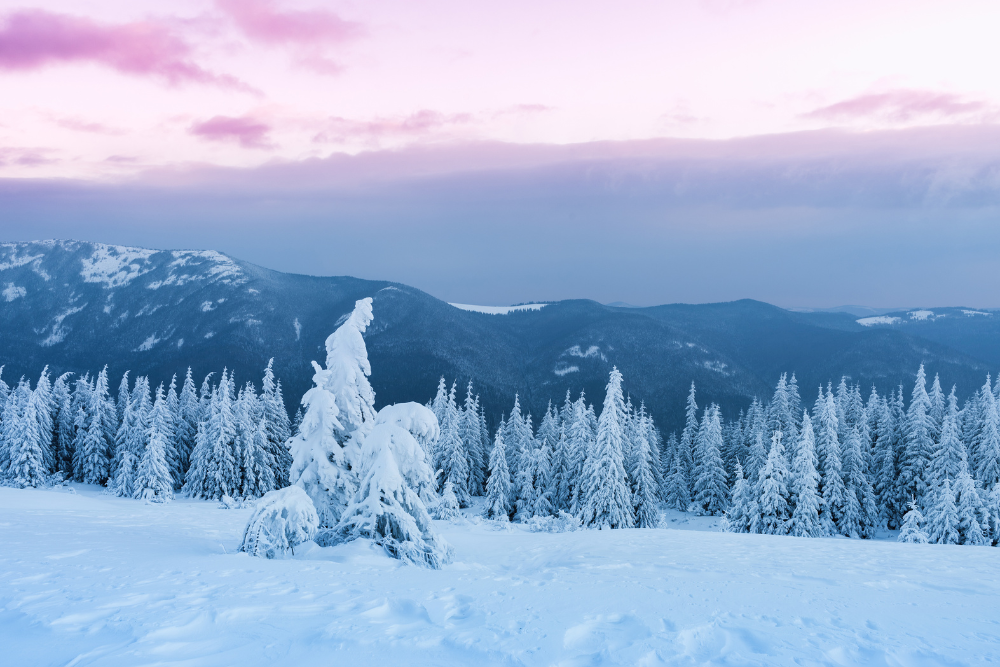
- 4WD Adventures: Many areas of the park, especially Fraser Island, are only accessible by four-wheel-drive vehicles. Visitors can join a guided 4WD tour or rent a 4WD vehicle to explore the island’s sandy tracks and secluded beaches. Driving along the beaches and through dense rainforests is an exhilarating experience.
- Hiking and Walking Trails: The park offers numerous hiking trails that cater to all levels of fitness. From short walks like the Boorangoora Circuit to multi-day treks such as the Cooloola Great Walk, there’s plenty to explore on foot. These trails offer the opportunity to discover hidden beaches, freshwater lakes, and dense forests.
- Camping: The park has several campsites, including beachside campsites on Fraser Island, where you can enjoy the peace and solitude of nature. Popular camping spots include Lake Boomanjin and Waddy Point on Fraser Island and Boreen Point on the mainland. Many of these campsites are accessible only by 4WD, adding to the sense of adventure.
- Fishing and Swimming: The park’s beaches and freshwater lakes are perfect for swimming and fishing. Whether you prefer casting a line in the surf or relaxing in the cool waters of a lake, there are plenty of spots to enjoy these activities.
4. Best Time to Visit the Great Sandy National Park
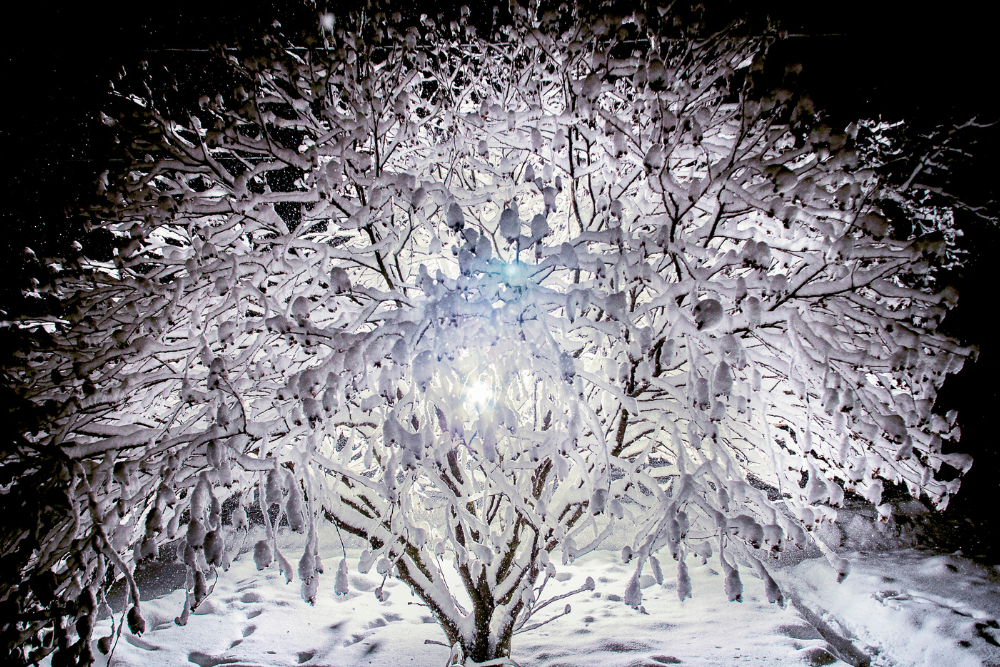
The best time to visit the Great Sandy National Park is during the dry season from May to October. The weather is warm and sunny, and the risk of rain is low, making it ideal for outdoor activities such as hiking, camping, and 4WD driving.
- Peak Tourist Season (June to August): The winter months can get busy, particularly on Fraser Island. If you prefer fewer crowds, plan your visit during the shoulder months of May and September.
- Wet Season (November to April): This is the rainy season in the region, which can make access to certain parts of the park difficult due to flooding or muddy roads. However, the rainforest is lush and vibrant, and you might get fewer tourists.
5. How to Get There
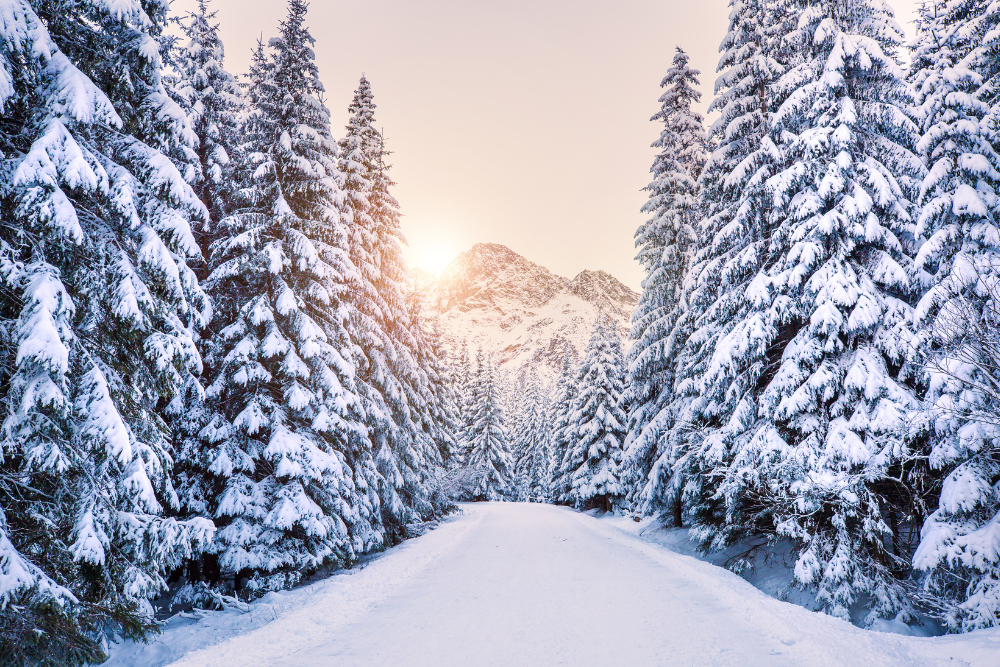
- By Car: The Great Sandy National Park is easily accessible by car from Brisbane (around 3.5 hours drive) and Noosa (around 45 minutes drive). If you’re visiting Fraser Island, you’ll need to take a ferry from Hervey Bay or Rainbow Beach to the island.
- Ferries to Fraser Island: Regular ferry services operate between the mainland and Fraser Island. You can either bring your own 4WD vehicle on the ferry or rent one on the island.
- Tours: If you don’t have a 4WD or prefer a guided experience, there are plenty of tour companies offering day trips and multi-day tours to Fraser Island and the Cooloola section of the park.
Conclusion
The Great Sandy National Park is an incredible destination for outdoor lovers, offering a unique blend of beaches, rainforests, sand dunes, and wildlife. Whether you’re camping on Fraser Island, hiking through Cooloola’s forested tracks, or exploring the park’s pristine beaches, it’s a place that invites exploration and adventure. Be prepared for a journey into some of Australia’s most stunning and unspoiled landscapes, and let the natural beauty of the Great Sandy National Park leave a lasting impression.












